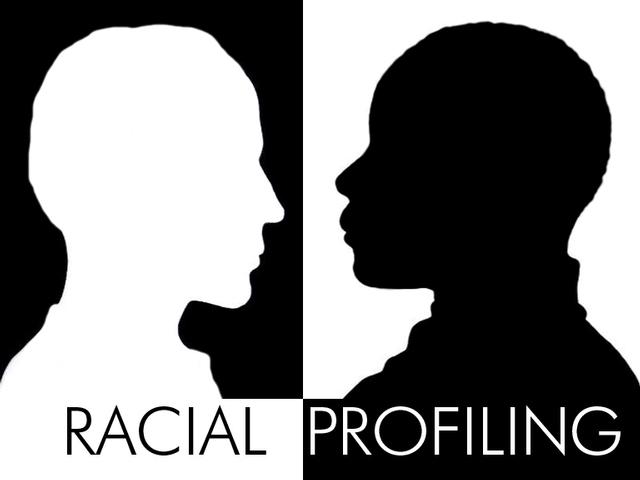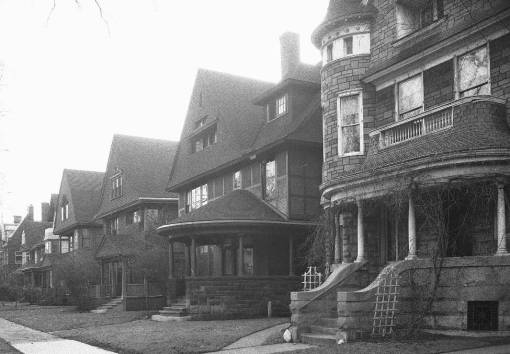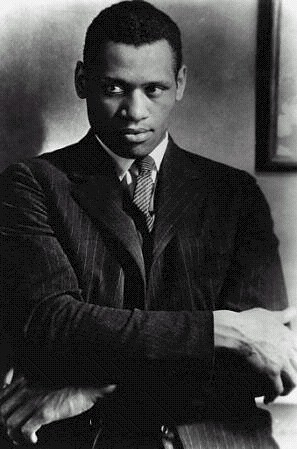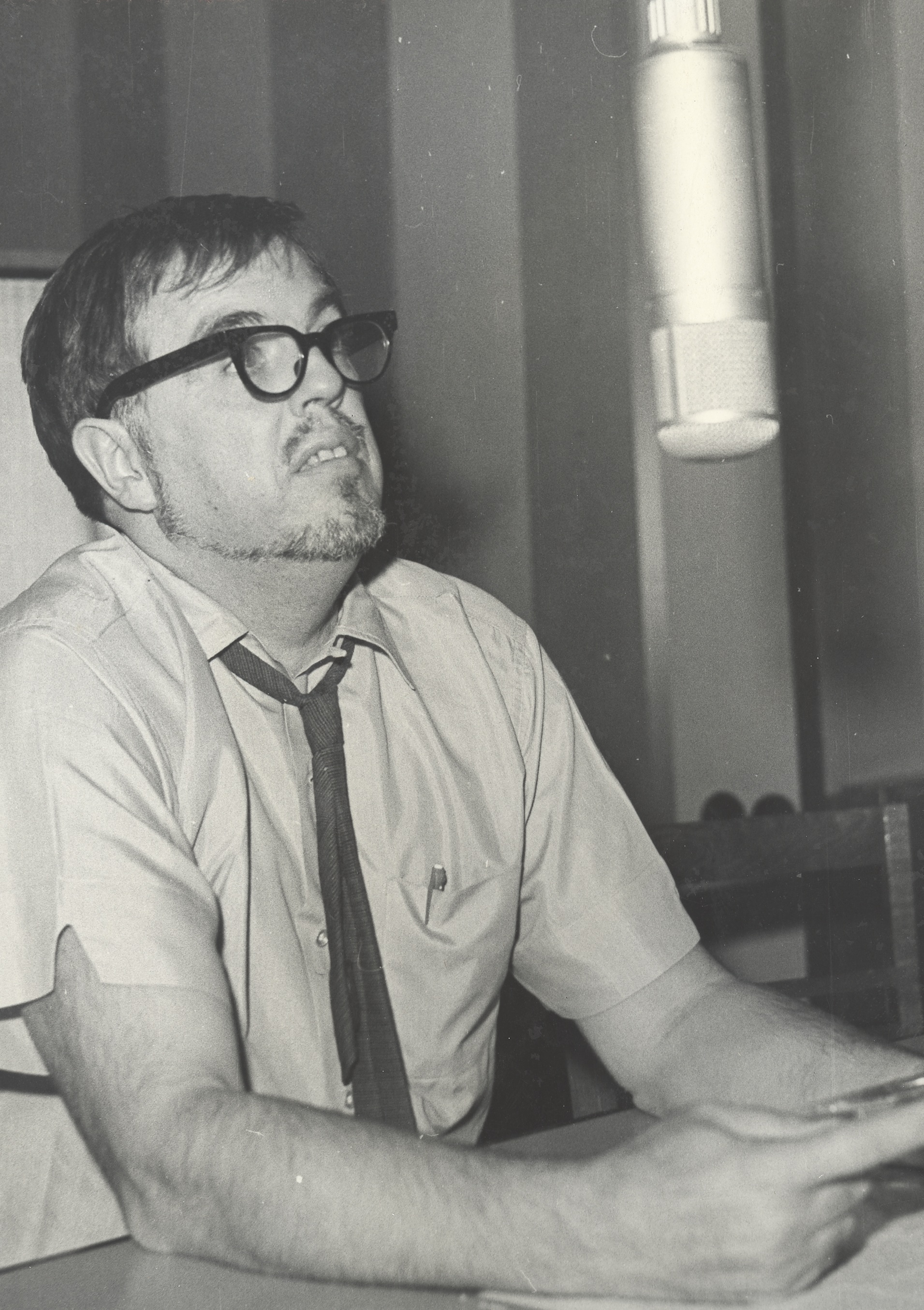~:Clybourne Park:~

Unifying Vision
I have a distinct vision of what my unifying vision for my production of Clybourne Park would be.
The message my play would get across would be that racism has not changed at all, and that by setting stereotypes, you only help the chance of the stereotypes coming true.
The idea of a self fulfilling prophecy would be the main theme and subject of my production. If one thinks property value will plummet from houses becoming interracial, then most likely it will plummet, due to a self fulfilling prophecy.
 |
| The central image of my production |
the behavior of my production would be insanely rash. Same race characters would treat each other kind and treat other races poorly and yell at them for the same circumstances. This would show the racial profiling that America still has to this day, 50 years after the Civil Rights Act of 1964.(Civil Rights)
The design aesthetic would be different for each act.
Act 1: In act one, the design will be clean, artistic, and things will be extremely colorful.
Act 2: In act two, the design will be dirty, plain, and very black in white, representing the stereotype that since the neighborhood is African-American, the houses seem less valuable even though they are still the same as they were 50 years prior.
Location:
 Alliance Theatre of Atlanta
Alliance Theatre of Atlanta
The Alliance Theatre at The Woodruff would be a PERFECT destination for my production. Since Atlanta, GA has a main population of middle classed to lower classed African-American's, and an upper-middle classed to upper classed Caucasian American's, the play could get across the idea that racism only leads to the outcome you set it to be. [Alliance Theatre]
My audience would be the entire population of Atlanta, hopefully pulling middle classed African-Americans and upper classed Caucasian Americans.
Seating would have set prices per row, with relatively cheap seats in the back, for the poorer customers, and expensive seats in the front for richer customers. The fact that the Alliance Theatre is a very popular venue, would help lure a poorer audience with low seat prices.
Scenic Design:
My production of Clybourne Park would have a very unique style to it. To the left, right, and above the audience would be houses and artwork of parks, and a background to make the audience feel like they are in Clybourne Park while this play goes on. The audience would be directly affected by the play, and asked questions as it goes on.
:Act I:
The houses in the first act would be colorful with jagged lines, and very detailed. The background would be made to look very 1950's. The style would be the stereotype of the typical 1950's neighborhood. There would be a compact space in the center of the stage to signify the house that is being bought in both acts, this house would lose color towards Act II and end up being colorful again at the end, signifying a cycle.
1950's neighborhood in Chicago.
The set would have wires attached to birds to animate a beautiful neighborhood. A water fountain would be going on towards the back of the stage with significant purpose towards Act II.
The set would tell a story of a happy-go-lucky 1950's neighborhood in Chicago, and at the end of the first Act, the waterfall would shut off, the birds would die, and the houses would become dark.
The set would tell a story of a happy-go-lucky 1950's neighborhood in Chicago, and at the end of the first Act, the waterfall would shut off, the birds would die, and the houses would become dark.
Act II would have a reversal role of Act I. After the Intermission, the first scene would be rocks being thrown into the windows and running down the houses. All the details on the house will be hard to see from the lights.
All the houses would be black and white, with the absence of color.
All the houses would be black and white, with the absence of color.
The water fountain at this point would be broken and not work, signifying carefree of neighborhood community. No birds would be present and rats would now be present. The neighborhood would now tell a story of depression and struggle.
The costume design for my production would be very scene specific. The importance of the costume would be more important than any other design piece.
Lighting Design
Costume Design
The costume design for my production would be very scene specific. The importance of the costume would be more important than any other design piece.
:Act I:
In act one, the costume's style would be very 1950's. The colors of the white town folks would be a bright white.
This would illustrate the essence of color for the play. They would be very fashionably dressed and they wouldn't talk to anyone not wearing white. The only characters that would talk to other dressed characters would be Karl, Russ, Bev, and Jim. Russ and Bev would be dressed in a navy blue, signifying their carefree for the race they are selling the house to.
Karl would look similar to Colonel Sanders, and look as a true business man.
Although he comes off racist, in my production, he would reappear when the characters talk about how the houses have dropped in value, seeing as how he was absolutely right, and not just being racist.
The African-American's that move in would be present in my play, although they would not speak to anyone. Also, the housekeeper and husband would dress very similarly, in all black, in cheap suits. These characters would hardly speak to anyone other than each other and be addressed differently than others. This illustrates the essence of how poorly a man can be treated based on his clothing and skin color.
:Act II:
In my production, in Act II, the characters would still be dressed in the 1950's clothing. However, to represent a change of majority, the black man's suits would be very fashionable and the white man's suit would become the ragged suit. Also, a few thugs would be inserted for other purposes to conclude what the stereotype is that is placed on all the African-Americans.
Basically, the roles would reverse, and at the end, the roles would reverse again, and the white men would wear fashionable suits.
Lighting Design
The lighting design for my production would also be very important to the production. Lights would come from beneath the floors and from above the roof for a double edged light design to create a mood of deception. It would tell the story of what colors are important in each act. The lights would mainly allow visibility for the main house being bought, the water fountain, and partially allow visibility for the other houses.
the lighting design from beneath would look similar to this, except the colors would be different, and the lights would move back and forth. The laser lights would move back and forth from above, and be light in act I, and dark in act II.
:Act I:
In act I, the lighting design would be very bright. This would tell the time of day, and everything in the neighborhood would be white and light. The lights would reflect on the costumes, scenic design, and the central image. The production would be valued on the colors white and black. This mood would be bright and beautiful.
:Act II:
In act II, the lighting design would be very dark. The scenic design, costumes, and lighting design would reinforce each other by being very dark. I would also have black lights coming from above, in order to show the change of scenery. This would illustrate how the people view the neighborhood. Also, when the house was re-bought by Steve and Lindsay, that particular house would shine a bright white, illustrating a turn back of the cycle. This mood would be dark and scary.
Sound Design
The sound design would also be particularly important, especially with the radio instances towards the end of both acts.
Sparrow's chirping(this would help reinforce the birds of the background[which do not exist in act II since they die]) the audibility would be loud to illustrate a peaceful neighborhood.
Water fountain(again this would not exist in Act II since it breaks.) also, the audibility for this would be very soft and hard to indicate.
The sparrow's and water fountain would tell the story of how the neighborhood becomes less taken care of because the new members do not care how the neighborhood is viewed because they are stereotyped anyway.
:Act I:
The sounds played in Act I would be very upbeat and feel good songs, such as:
This song would illustrate the 1950's feel and how suburban living had such an impact on people's lives.
When the radio comes on at the end of the act, this specific song would play,
When the radio comes on at the end of the act, this specific song would play,
This song revolves around death, so it would be nice to be played to signify the death of Kenneth.
:Act II:
In Act II, the music would change greatly.
Police Siren(this would be used to signify how police are always out to get people based on the stereotypes placed on them)
All the music in this act would be rap music, signifying a change in theme and mood of the story. Songs such as this would be played:
This Tupac song is a good song to be played, because it talks about how African-American's struggle to be good and change to the norm based on the stereotypes downplayed to them, causing self fulfilling prophecy .
At the end when the radio comes back on, Butcher Pete would play again.
After Butcher Pete.
Prologue:
the Prologue would be an extra scene in my production, and it would be the flashback to Kenneth. The lights would instantly spark back to white, and the windows would be repaired. Butcher Pete would be playing silently as he is writing his suicide note. This would illustrate that Kenneth's death ultimately caused the neighborhood to have a fallout, and that discrimination was the cause for not only his death, but the property value as well. Every time Butcher Pete plays, it signifies the change of the neighborhood. No one can know if the second time Butcher Pete is played is because the neighborhood will get better or even worse. It is all left to the person's perspective.
It is hard to tell if you are seeing a pen for writing, or a suicide death utensil.OR BOTH














